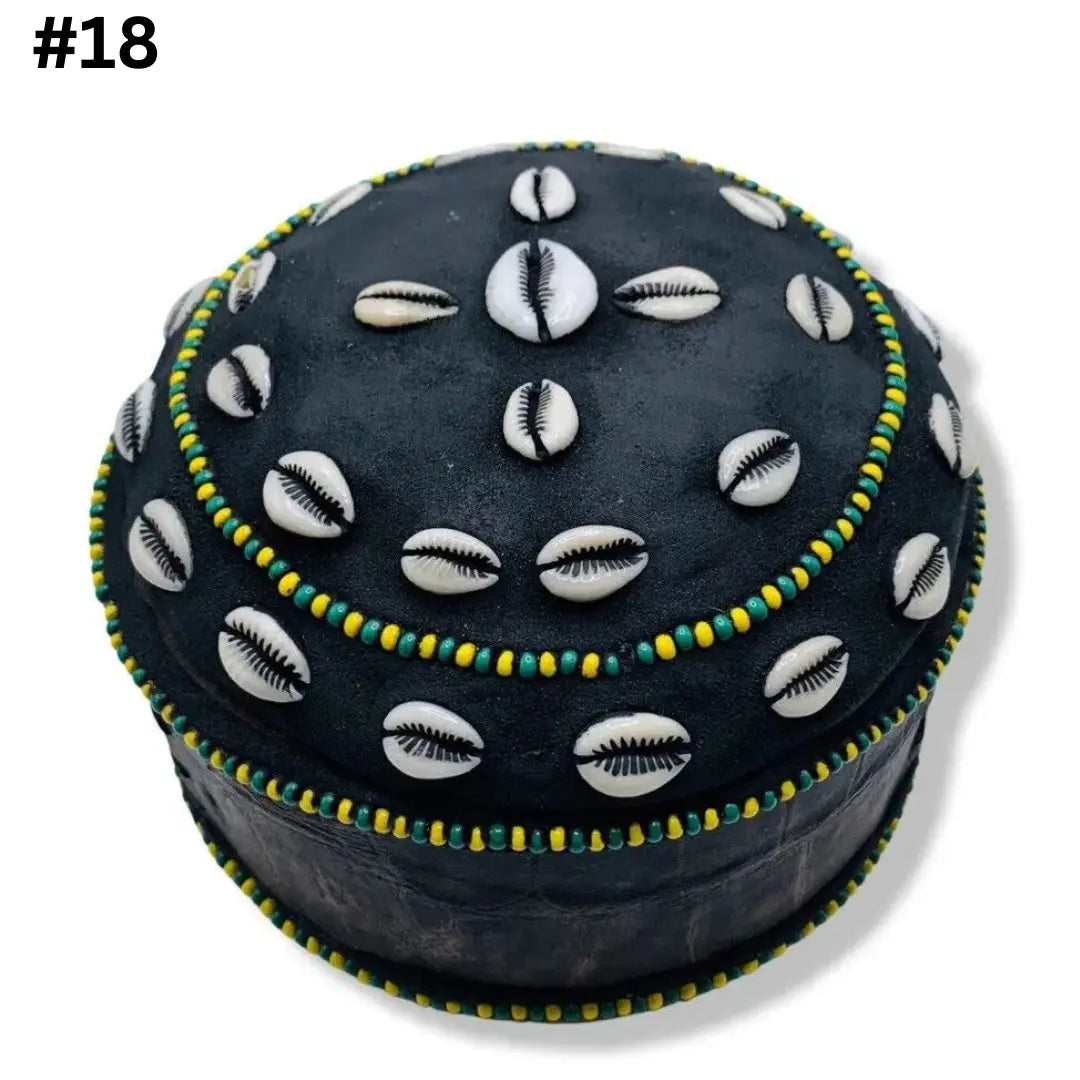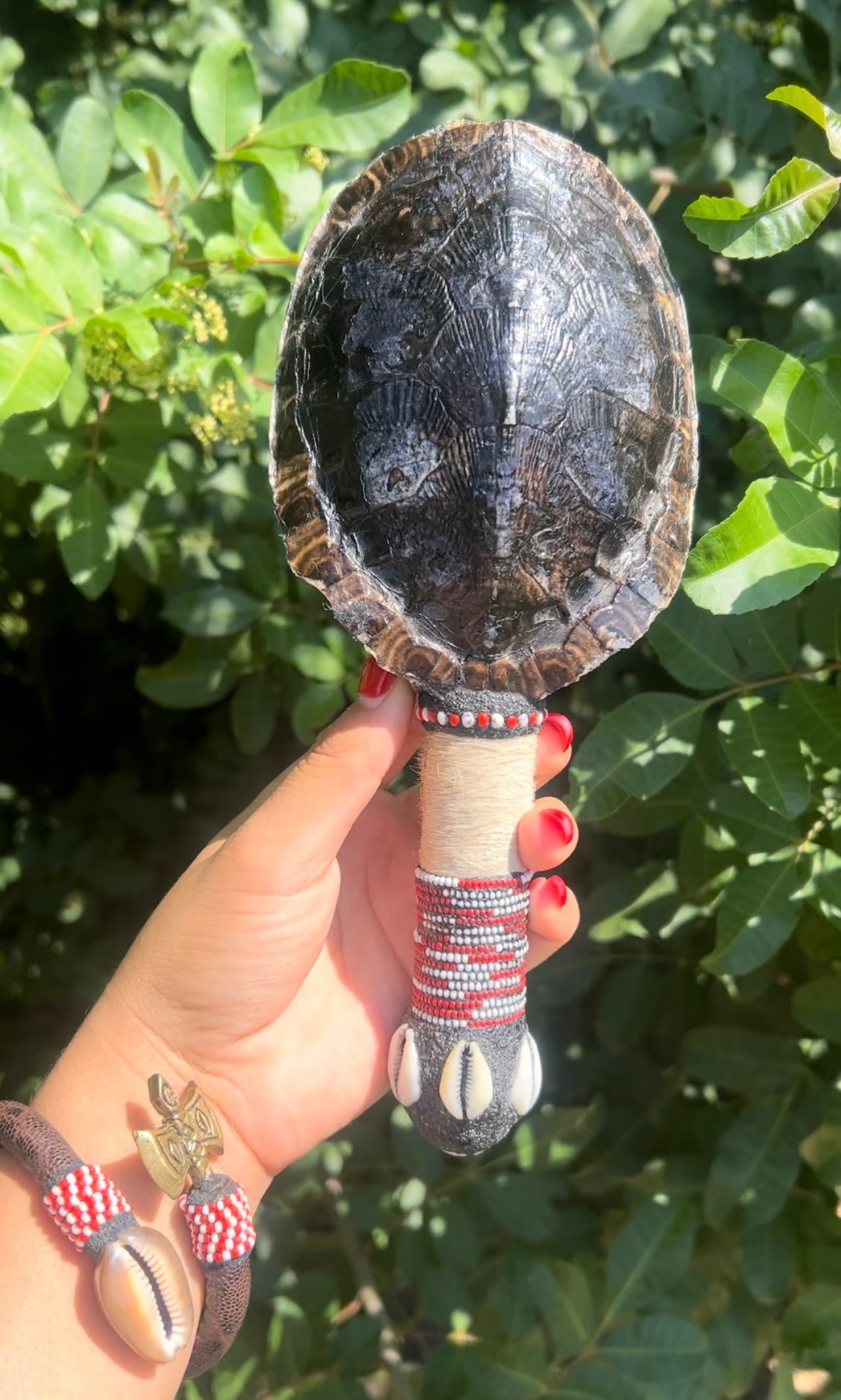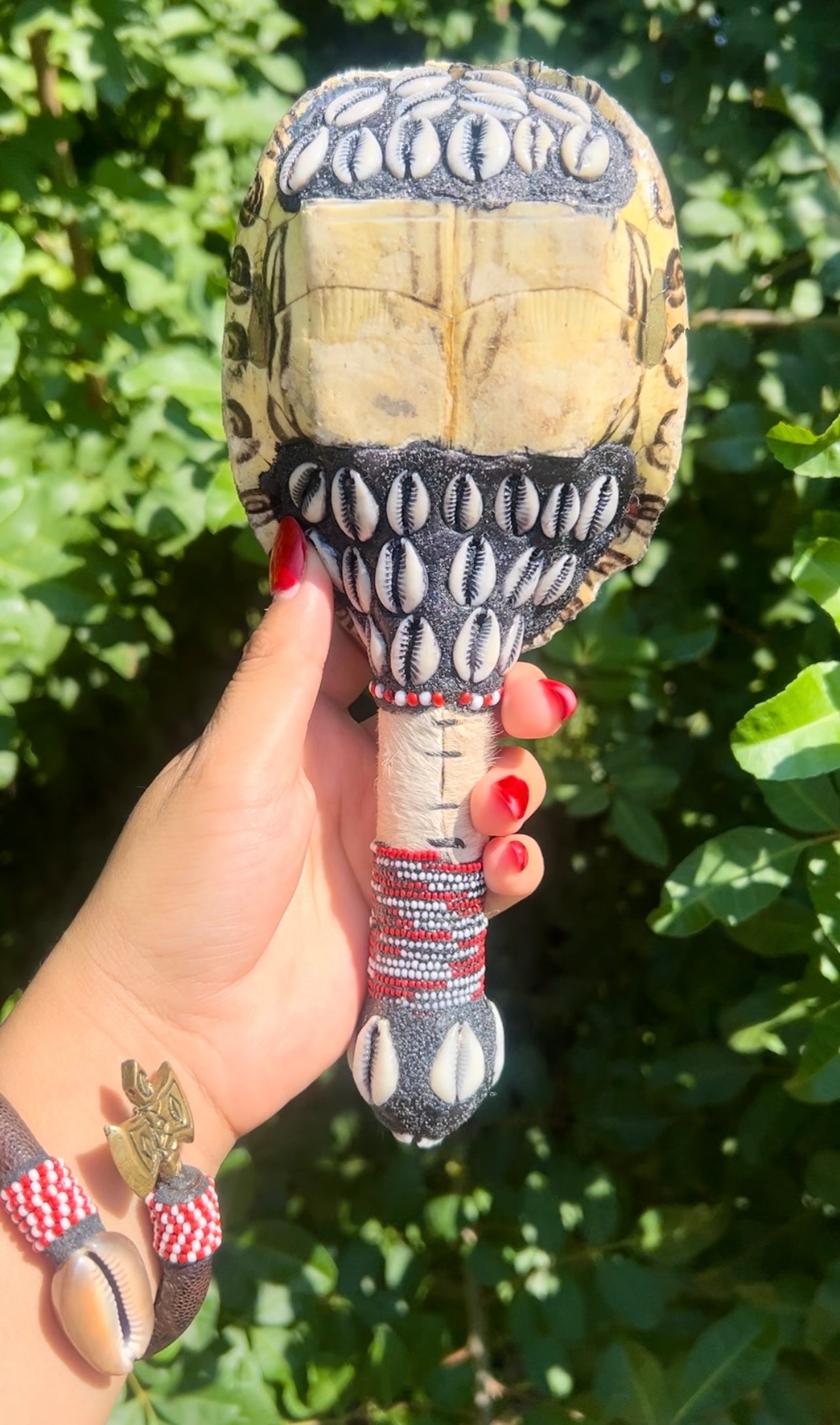Iyami Osoronga, also known as Iyami Oshoronga or choronga, represents a deity within the Orisha and Ifa cult, with influence extending to various religions rooted in African traditions. This deity holds dominion over the realm of sorcery and witchcraft, often regarded as the maternal figure of sorcery, and her devotees are known as Aje or witches.
Iyami Osoronga commands immense power and deserves utmost reverence. Several Ifa signs provide guidance on how to interact with her and the potential negative consequences if her wrath is incurred.
Legend has it that the Iyami have the ability to transform into three distinct types of birds: White, Red, and Black. This transformation is employed as a means of defense against those who seek to harm them.
In Osa Meji, it is believed that Iyami Osoronga descended to Earth, as indicated in Oddun Isalaye.
The African teak tree, Ceiba, or Iroko, is closely associated with Iyami Oshoronga.
Who are the Iyami Osoronga?
Followers of the cult of sorcery go by various names:
- Aje Awon Iyami: Meaning "my mothers"
- Eniyan or Eleye: When they appear in the form of birds
- Oghhudian ni yason: Known as such in the Benin region
- Iquenromo: Also referred to by this name in the Benin region
- Ajogun: Night Dignitaries or Elders of the Night
The power wielded by the adherents of this cult was granted by Olodumare (God) during a time when deities lived alongside him physically. The Witches were entrusted with the exclusive duty of keeping vigil whenever Olodumare bathed, particularly before the rooster's crow, as it was strictly forbidden to witness Olodumare in a state of undress. This unique authority was bestowed upon the divinity of Iyami Osoronga alone.
At times, the witch divinity would signal the rooster that Olodumare had completed his bath, after which the rooster would crow for the first time in the morning.
A formidable witch doctor from Heaven, known as "Eye to yu Oke To Qu Orun," engaged in the destruction of earthly deities due to her malevolent and destructive actions on Earth. However, Olodumare did not abandon the rest of creation to the mercy of the Witches. God decreed that the Earth (Otá Olé) would be the sole force capable of destroying any witch or deity who transgressed natural laws.
The Cult:
The Iyami Osoronga cult is inherently feminist, elevating the status of women within Yoruba beliefs.
The Iyami are categorized into three groups: White Aje, Red Aje, and Black Aje.
- White Aje are generally more peaceful and assist women new to worship.
- Black Aje are more aggressive and macabre, known to torture their victims to death.
- Red Aje are even more lethal, directly attacking their victims to execute them.
Overall, the Iyami are considered highly dangerous, capable of causing diseases, conflicts, infertility, and chaos.
This cult operates in secrecy, with its female members adhering to strict rules. Their meetings are held clandestinely at night, often in remote locations such as mountains where Ceiba (Iroko) trees are found.
The Yoruba people believe that witches possess birds with a distinctive screech when they fly in the dead of night to their rendezvous. Those awake during the night may beseech these birds, saying: "A kiioso pe ki ode orisa o ma de, bi ko ba ti de wara eni, Onaire o!" This plea acknowledges the fear surrounding witches and implores them not to bring harm. It reflects the belief that witches are formidable beings who evoke dread. Similar to hunters embarking on expeditions, witches embark on missions to seek out humans to harm, hence the saying:
"The witch's bird screeched last night; the child dies today. Who doesn't know that It was the squeaky witch from the night before the one who killed the child?"
Initiation into the Cult of the Iyami Osoronga:
"No one can choose to initiate into Iyami; they select and 'call' individuals into it, regardless of the person's desires. No one can claim to have initiated into Iyami, only those initiated can acknowledge it. No one can hold a throne or receive an attribute from Iyami" (Chief Ifawole Aworeni, 2011).
The initiation process commences when white women initiate a recruitment effort. Selected candidates undergo a form of pact and are subsequently educated in the cult's doctrines. They will only have contact with white members. The fundamentals of the Iyami Osoronga are not shared or received under any circumstances within Yoruba or Afro-descendant traditions such as Osha and Ifa.
Offerings and Adimu to the Iyami Osoronga:
Like all deities rooted in African traditions, the Iyami Osoronga receive offerings to appease and honor them.
Ifa signs suggest various ways and sacrifices, offerings, or adimuses to be made. In the Odu of Ifa Osa meyi, a common method of offering is described. A clay pot or container is placed at a crossroads. The Ifa board is set up with iyefa, and the Oddun of Ifa Osa Meyi, Oshe Nilogbe, Oshe Nilogbe is recited, with the divine powder sprinkled over the food or adimu being presented.
Offerings may include raw materials such as eggs, palm oil, beans, rice, meat (including pork, goat, rabbit, fish, chicken), sweets, various fruits, gin, wines, brandy, honey, and kola nuts. Animal offerings might comprise goats, rabbits, sheep, snappers, hens, guinea fowl, and roosters. The specific ingredients used are determined through Ifa divination.
"The negative dimension of the Iyami is expressed in the term Aje, terrible or destructive mother or simply, Witch. You can see the fearful faces of the informants as they speak very carefully about the subject:
- "The one who has water in the house and still washes her face with blood."
- "The one whose vagina we can never get close to."
These descriptions underscore the mystical and potentially perilous aspects of femininity embodied by the Iyami Osoronga" (Beier).
Procedure for Feeding the Witches (Iyami):
A clay pot is placed atop an incinerator, with the Orunmila board filled with divine powder on one side. The Odu Oyekun Bika is invoked, and following the sacrifice, the divine powder is used as a seasoning for the offering.
Ingredients for the ritual include:
- Abundant palm oil
- Rice
- Beans
- Beef
- Goat meat
- Pork meat
- Sheep meat
- Rabbit meat
- Fish
- Hen
- Various foods
- Salad
- Fruits
- Sweets
- Wine
- Gin
- Brandy
- Kola Nut
- Honey
- A snail
- 8 raw eggs
- 8 cooked eggs
- Animals: 1 goat, 1 fish, 1 hen, 1 white rabbit
All ingredients must be thoroughly cooked, and the specific items to be used are determined through Ifa divination.
In preparation, one goat is offered to Eshu, and two Adie dun dun are presented to Orunmila.
This procedure aligns with the Oddun of Ifa Oyekun Bika.












